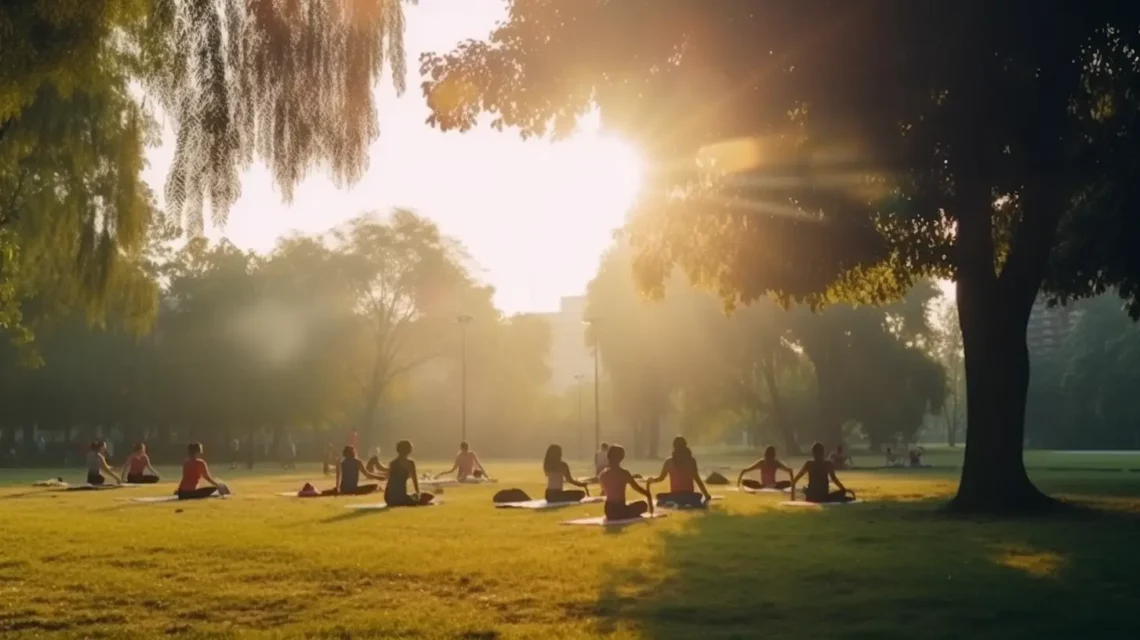Anxiety, a prevalent mental health condition affecting millions worldwide, is often perceived as an isolated issue. However, recent research has shed light on the intricate relationship between anxiety and other health conditions, raising questions about the interconnected nature of our well-being. Here, we quickly explore how anxiety can be linked to various health conditions and the implications of these connections.
Understanding Anxiety
Before delving into the associations between anxiety and other health conditions, it’s crucial to grasp what anxiety entails. Anxiety is characterized by excessive worry, fear, or unease about future events. While occasional anxiety is a normal part of life, persistent and overwhelming anxiety can lead to an anxiety disorder.
The Mind-Body Connection
One key aspect of the anxiety-health link is the mind-body connection. Our mental and emotional states have a profound impact on our physical health. Prolonged anxiety can trigger a stress response in the body, leading to the release of stress hormones like cortisol. This hormonal surge can contribute to various health issues, including:
1. Cardiovascular Problems
Anxiety has been associated with an increased risk of cardiovascular problems, such as high blood pressure and heart disease. The constant state of alertness and elevated stress hormones can strain the cardiovascular system over time.
2. Gastrointestinal Disorders
Individuals with anxiety often experience digestive issues like irritable bowel syndrome (IBS) and indigestion. The gut-brain axis, a bidirectional communication system between the gut and brain, plays a significant role in these connections.
3. Weakened Immune System
Chronic anxiety may weaken the immune system, making individuals more susceptible to infections and illnesses. The body’s ability to defend against pathogens can be compromised under prolonged stress.
Coexisting Conditions
Another aspect of the anxiety-health relationship is the coexistence of anxiety with other health conditions. Anxiety rarely exists in isolation and is frequently seen alongside various disorders, including:
1. Depression
Anxiety and depression often go hand in hand. The symptoms of these conditions can overlap, and individuals may experience both simultaneously, a state known as comorbidity.
2. Chronic Pain
Chronic pain conditions, such as fibromyalgia and chronic headaches, are frequently accompanied by anxiety. The pain-anxiety connection can create a cycle where one exacerbates the other.
3. Substance Abuse
Many individuals with anxiety turn to substances like alcohol or drugs as a way to self-medicate. This can lead to substance use disorders, further complicating the picture.
The Importance of Treatment
Recognizing the links between anxiety and other health conditions is vital for holistic healthcare. Addressing anxiety as a standalone issue may not suffice when it coexists with other disorders. Comprehensive treatment approaches that consider the interconnected nature of these conditions are essential.
Anxiety is not Isolated
In conclusion, anxiety is not an isolated mental health concern; it is intricately linked to various other health conditions. Understanding these connections is crucial for both prevention and treatment. If you or someone you know is struggling with anxiety or its coexisting conditions, seeking professional help is a proactive step toward better overall health.












